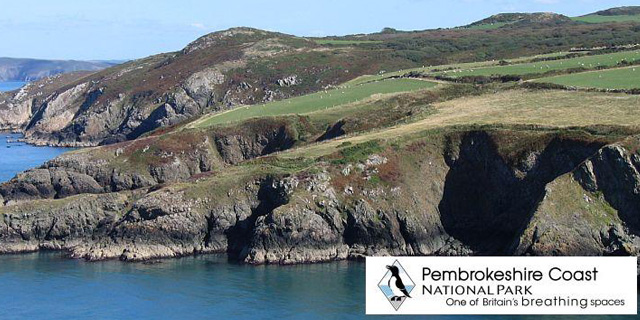Site accessibility is now being used by Pembrokeshire Coast National Park planning officers as a reason to refuse new development and outbuilding conversions. Policy 7 of the Local Development Plan (LDP) contains qualifying criteria which refers to ‘accessibility to the Centres identified in the hierarchy’. This requirement has been interpreted as a site having to be within 1km of a named Centre identified in the LDP, or the site being more than 1km away from a centre but within 1km of a bus service (however, this is where more qualifying criteria come in!) or the site is within 1km of a bus route with 5 or more return journeys a day.
However, if a site is within 1km of a bus route with less than 5 return journeys a day it is deemed appropriate for holiday letting or, incredibly, affordable housing. Further ‘concessions’ are made for affordable housing if an application involves a building of architectural or historic interest or is simply for affordable housing, in which case the site does not have to be accessible.
What we are therefore now seeing is a policy presumption being pursued by planning officers against much needed open market housing in the Pembrokeshire National Park, in favour of holiday homes and, more amazingly, affordable homes in isolated locations. Surely the whole idea of affordable home provision is to build close to shops, services, schools, bus routes, doctors etc so that the occupants are not further disadvantaged by finding themselves in a totally isolated rural location.
Yet another example of the way planners in Pembrokeshire are working against the economic and social well-being of the areas inhabitants.



